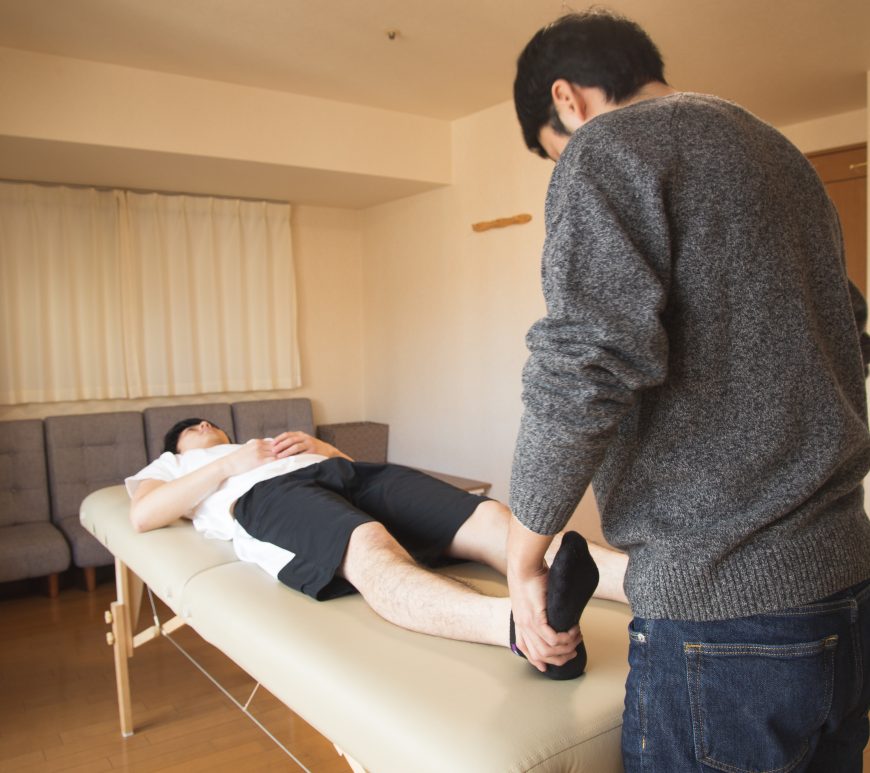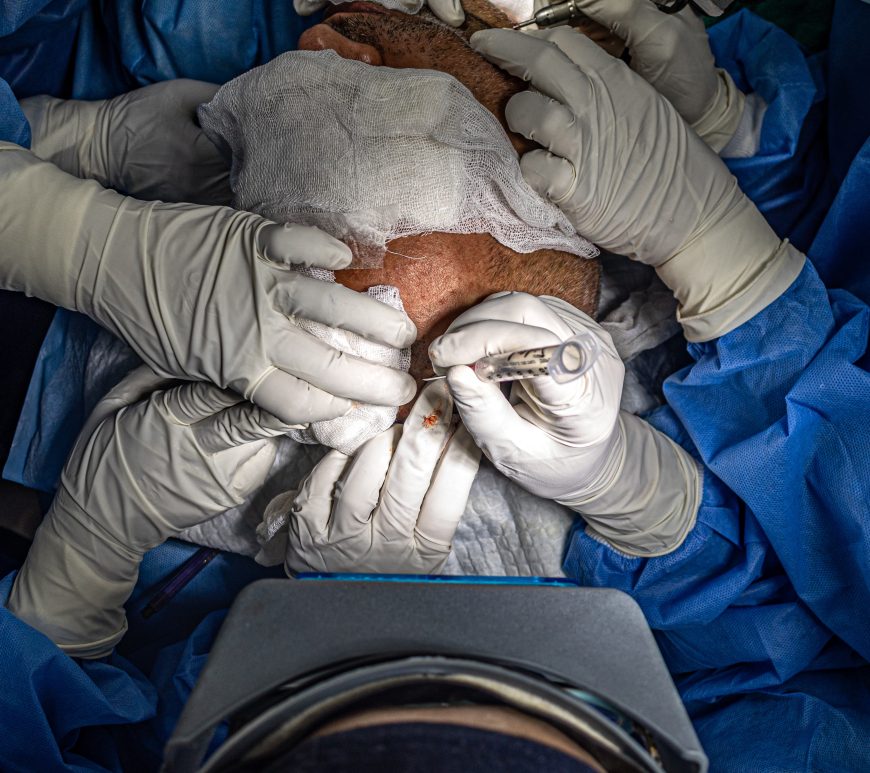
What predicts successful outcomes in chronic low back pain treatments?
In 2012, a study conducted by a team of researchers, including F. Cecchi, S. Negrini, and others, has shed new light on the effectiveness of different conservative treatments for chronic low back pain (cLBP). The study, which analyzed data from a randomized trial involving 210 outpatients, aimed to identify the predictors of response to three common treatments: back school (BS), individual physiotherapy (IP), and spinal … Continue reading What predicts successful outcomes in chronic low back pain treatments?



